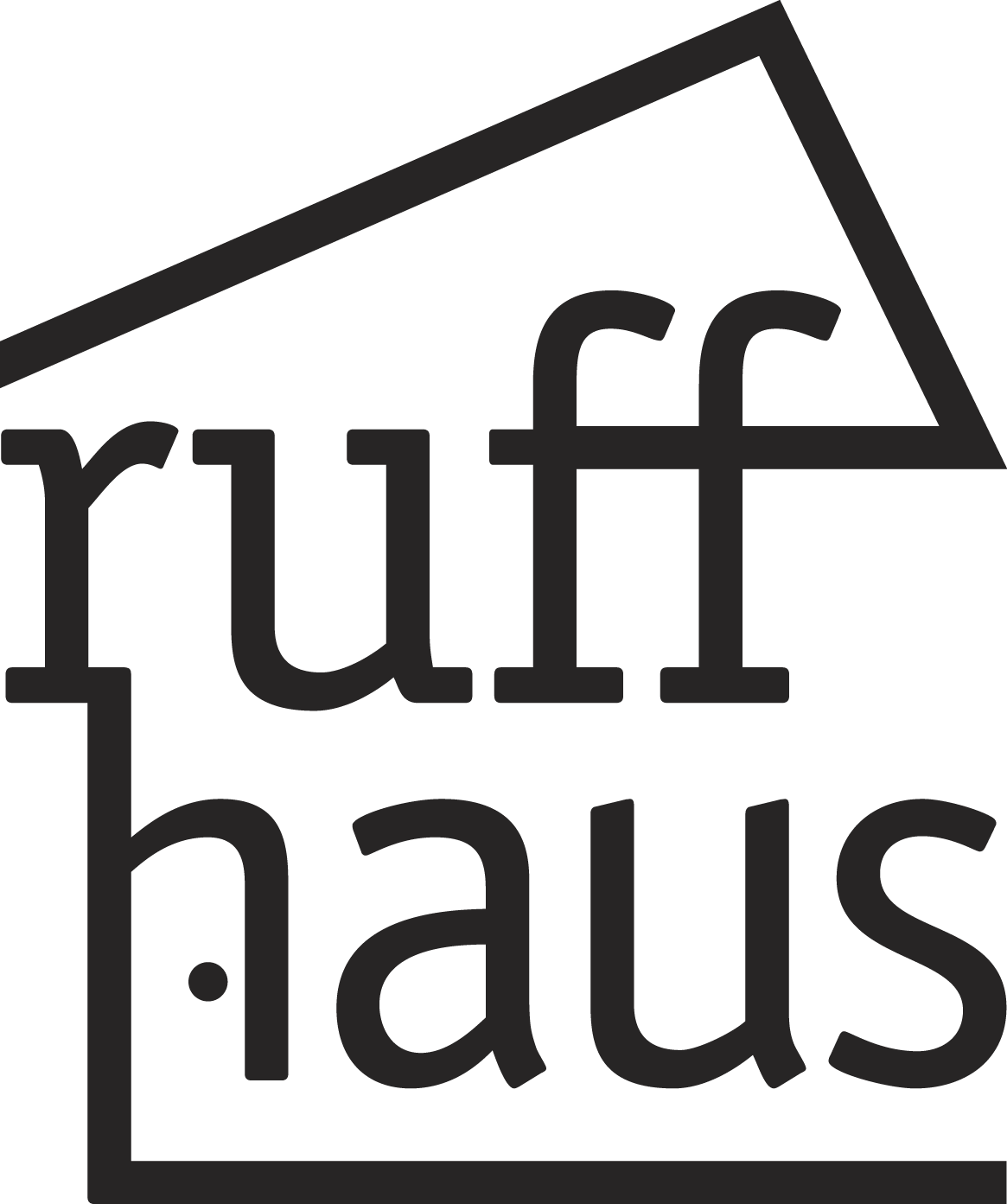What is a QR Code?
It's a two dimensional bar code that can store different kinds of information, such as your phone number, website address, or a specific URL.
It looks like a jumbled up checkerboard-like pattern of shapes arranged in a square. QR stands for Quick Response. The code can be printed on pretty much anything, just like the standard barcodes we are used to seeing on products. QR Codes function as a physical hyperlink - a direct connection between the physical world and the virtual world (aka: internet). In a nutshell QR codes are uber-cool! Often referred to as Mobile tagging, which is simply the process of providing data on a mobile device, commonly through the use of data or URL encoded in a two-dimensional barcode (QR Code), meant to be read and inputted using a camera phone. The QR Code is "scanned" using your mobile phone and free QR code software, which then decodes the image and directs you to the encoded content on the Web or adds the contact information to your address book. This means that customers can respond to your marketing campaign instantly!
QR codes can be included in print ads, online articles, product packaging, billboards, window signs, posters, business cards, promotional items such as t-shirts, and even the actual product (not to be confused with a 3D barcode, that's a whole other discussion!). The great thing about using QR codes is the quick, precise and customer-driven access to information. You can send customers directly to a page loaded with targeted information or even send promotional offers directly to their phones. In addition, QR Codes now allow companies to track and measure customer response to print-based marketing materials, a task that used to be notoriously difficult to do.
It's very easy to get started with QR Codes. But first I would recommend just familiarizing yourself with the user end of the process. For decoding, all you need is a QR scanner app on your phone. QR scanner apps are readily available online - just search the web for your phone model and a QR Reader. Then try it out on a QR Code already out there, try several to get a good feel for the creative ways companies are using the codes.
The next step is to dive right in and make yourself a personal or company QR code. There are many free QR Code generators online. For example, this QR code generator can encode a URL, text, a phone number, or an addressed and ready-to-send SMS message into a QR code.
There are some things you have to keep in mind when creating your own QR Code:
- The more information you put into the code, the smaller its pixels are, requiring a more sensitive scanner for accurate decoding.
- If you are encoding a URL into your QR Code, you have to make sure that it's destination website or web page is suitable for display on a mobile phone screen (see our "Are You Mobile Ready?" post about mobile phones and the Internet).
QR Code technology is not completely new. It has been used successfully for years in Japan (which is not at all surprising). However, QR Codes are only starting to become widely popular in the US. So it is a great time to seize the diverse marketing opportunities this exciting technology brings and give your print materials a boost of technology and a louder voice.
